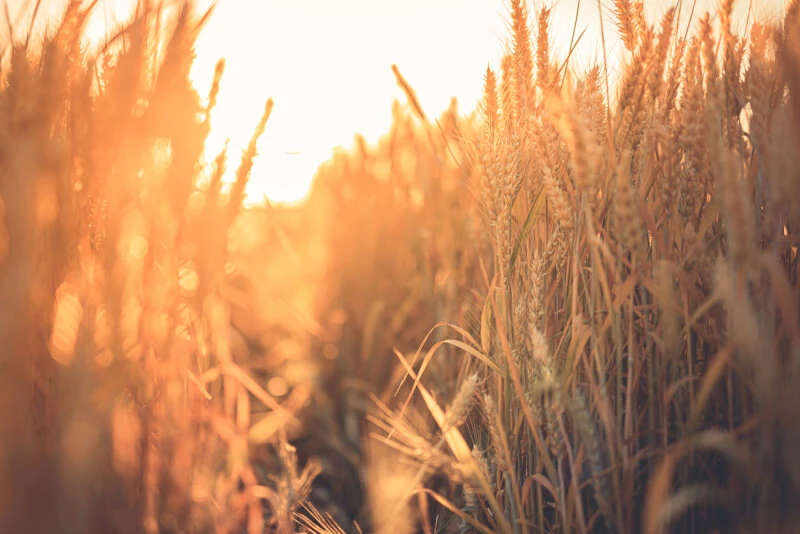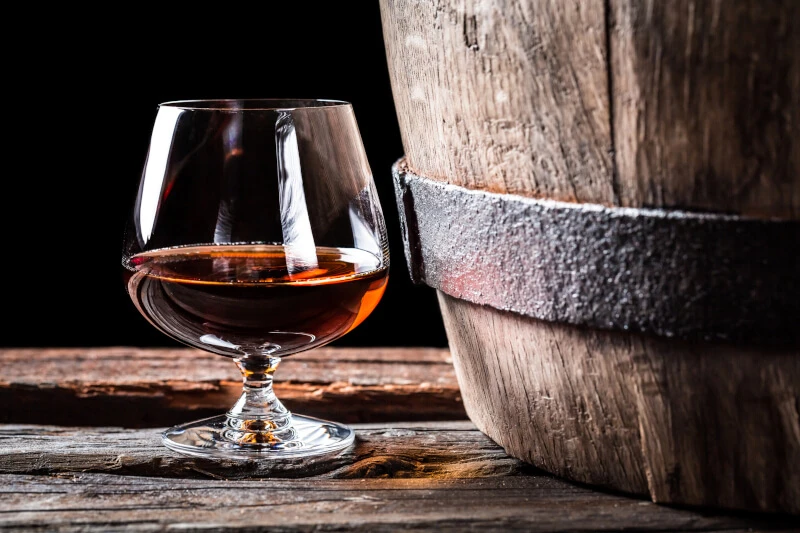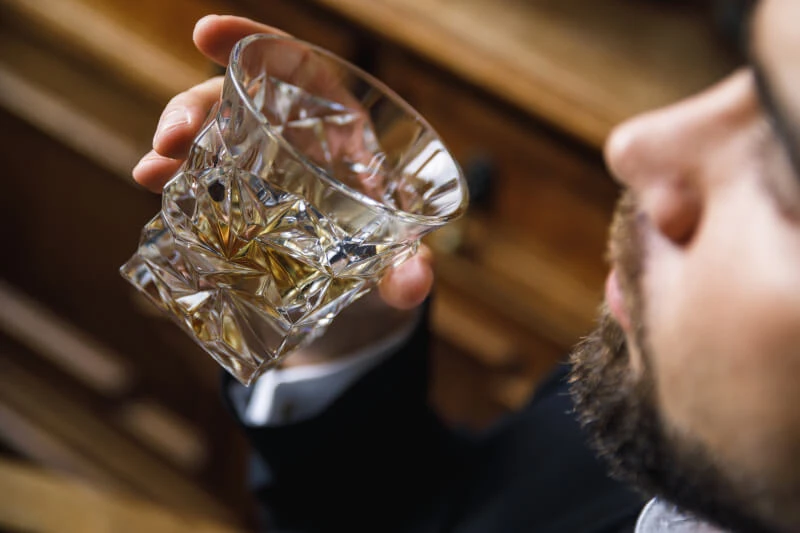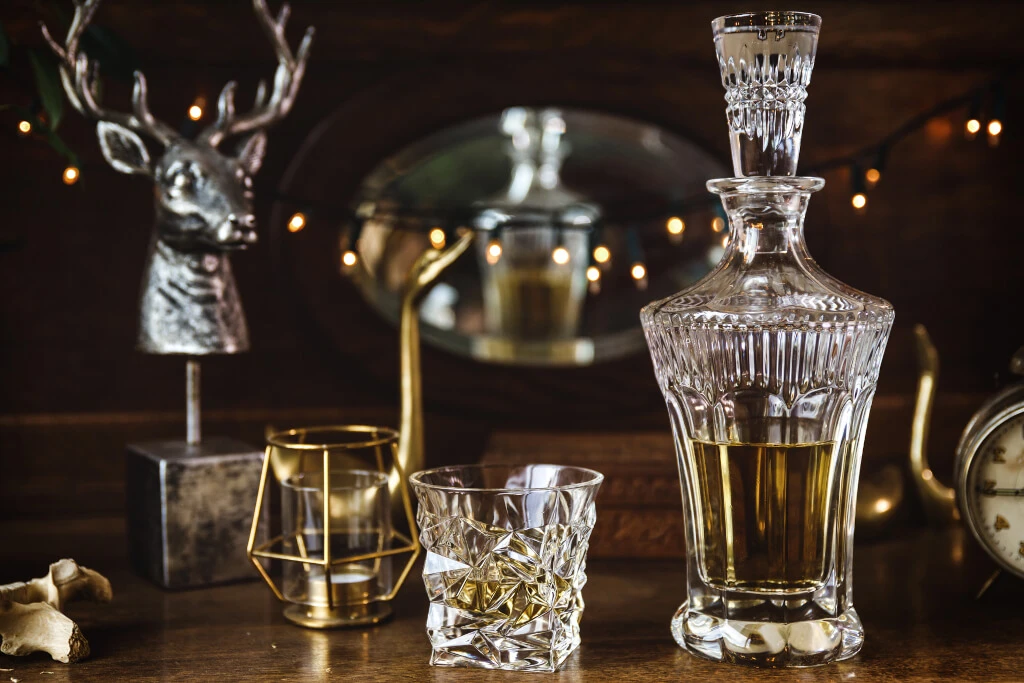While everyone has their own opinion on what constitutes a fine whiskey, there are certainly a few distinguishing features. What makes a whiskey “good” might be a combination of factors, including the complexity of its flavor, the quality of its components, the care used during distillation, its smoothness, and how long it has been aged. The best whiskey is the one you’re about to drink, so there’s no point in asking what it is.
The enjoyment of even a single taste of whiskey depends on several aspects that we will examine here. After reading this, you should be able to answer the question “What is a good whiskey?” with confidence.
Complexities of Flavour
A good whiskey may be savored neat or with a splash of water, whereas a worse whiskey is better suited for use in a mixed drink. Naturally, a whiskey with an abundance of intricacy would work in a cocktail, but then you wouldn’t get to enjoy the unique nuances of flavor that went into making each bottle. The complex flavor of fine whiskey results from several factors coming together.
What Groups of Flavours Does Whiskey Fall Into?
whiskey may be broken down into a total of 8 distinct flavor families. Knowing even the names of these families might help you pick out subtle nuances in a whiskey. Listed below are the several groups that make up each family.
- Fruity: Fruit in Any Form (Fresh, Dried, or Prepared) Citric
- Sherries: Oily, nutty, chocolate, and vinous.
- Rubbery: Vegetative, Coal/Gas, Sandy, and Sulfuric.
- Cereal: yeasty, cooked mash, husky, malt extract, and kippers; Peaty: mossy, smokey, medicinal, and kipper
- Woodsy: Maple, Cherry, and Oak Greenhouse, leafy, hay-like, toasted floral.
- Aromatic Flimflam: Cigarette, Perspiration, Plastic, and Leather
Some of these flavors may not sound appealing individually, but you’d be amazed at how well they complement one another in a fine whiskey.
It is also not unusual for first-time whiskey drinkers to choose fruitier varieties or avoid whiskies with bolder flavors. The best method to determine what makes a good whiskey is to sample several different kinds; nevertheless, in the end, it all comes down to personal preference.
Determining a Taste Profile: It’s All in the Grains

Whiskey may have hints of the above flavors, but those aren’t what goes into manufacturing the spirit. whiskey is produced by fermented grain mash, which may or may not have been malted. The process of malting involves soaking the grain, which initiates the germination process. Maltose, a simple sugar, is produced in this way. The entire flavor is elevated to a level of decadence akin to that of chocolate or butter. The grains used to make the whiskey can often make or break the final product. Furthermore, distinct flavor profiles can be achieved by using varied grain ratios. The following grains are commonly used in the production of whiskey:
Barley
Barley has a lot of flavors and is primarily used to make Scotch whiskey. Malted and peat-dried barley is a common staple food. Aging barley whiskey in used sherry or port wine barrels softens the spirit and adds fruit and spice flavors to the already present smokiness and earthiness of Scotch.
Rye
Rye is a type of grain that imparts a nutty, spicy flavor to the whiskey. Rye whiskey, which must be aged in American oak barrels and contain 51% rye mash to be legally labeled as such, can be made with just this ingredient. Whiskies like bourbon and rye are both made by blending rye with other grains.
Wheat
The United States is the sole producer of wheat whiskey. Their mellow sweetness and subtlety win over audiences. Flavors of toffee, vanilla, and honey are typical in wheat whiskies. Those sweet, silky qualities that made them uncommon in the past are driving their rising popularity. Bourbon whiskey is defined by being a minimum of 51% corn mash and being produced in the United States. It’s another component that makes drinks go down smoothly, with flavors reminiscent of honey butter, cream, and even toasted marshmallow.
Some whiskies are manufactured with mixtures featuring these grains in varying proportions, while others include only one or none of these grains at all. When picking a whiskey, it’s important to think about the flavor profile you’re after and the grains that were used in its production.
Barrels and the Flavour They Transfer

Answering the question, “What is a good whiskey?” often involves discussing the various types of barrels used in the aging process. Whiskey’s flavor is greatly influenced by the barrels it is matured in. Oak oil seeps into whiskey over time since most whiskey barrels are composed of oak. Whiskey, and Bourbon in particular, can get its distinctive flavor from either aging in brand new barrels or in barrels that previously held a different liquid; the latter method is more common.
Brand New Oak Casks
Brand new, never-before-used oak barrels are called “virgin oak barrels.” As a result, the whiskey takes on a more robust wood flavor. Bourbon is aged in brand-new wood barrels.
Empty Bourbon Barrels
Once a Bourbon has been aged in a virgin barrel, it can be repurposed to age other whiskies like Scotch. The fruity notes of the Bourbon that was aged in these barrels are complemented by the vanilla notes.
Out of Port Barrels
Flavors unique to port wine, such as fig and sultana, are transferred to wine aged in barrels formerly used to store port. Flavors vary with the type of port used.
The Used Sherry Casks
Dried fruit notes, similar to those imparted by port wine barrels, are also provided by those used to age sherry. Since sherry has a drier flavor profile than port, whiskey matured in sherry barrels should have a drier quality as well. This is by no means a full list of whiskey barrels, but it should give you a general notion. Whiskey aged in a given barrel will take on the characteristics of whatever liquor was stored there before.
What Happens to the Flavour of Whiskey When It Ages?

We covered the various barrels available for aging whiskey; now let’s examine the process itself. Is it the aging that determines the quality of whiskey?
Many people believe that the longer a bottle of whiskey has been aged, the better it is. Long-aged whiskies are typically more expensive than their younger counterparts. However, age is not always indicative of quality. As the wood barrel ages, its temperature rises and falls. Because of the wood’s expansion and contraction, oxygen is released into the liquids.
This can be used to impart a wide range of new flavors into the whiskey. whiskey aged in charred oak barrels loses some of its harsh alcohol flavors as a result of the charring. As time passes, the hue matures into rich gold with a smokey caramel undertone.
Do You Enjoy Your Whiskey? Then It’s a Great Whiskey!
The most crucial element in determining whether or not a whiskey is “good” is whether or not you enjoy drinking it. The question “What is a good whiskey” is one we hear frequently; perhaps, you can now answer it for yourself.
You should now have enough information to make an informed choice when selecting a memorable whiskey; however, if you’d like to learn more about specific brands to consider, additional details about the various whiskey styles, and even more specifics about what makes a good whiskey, please visit WhiskeyD.

